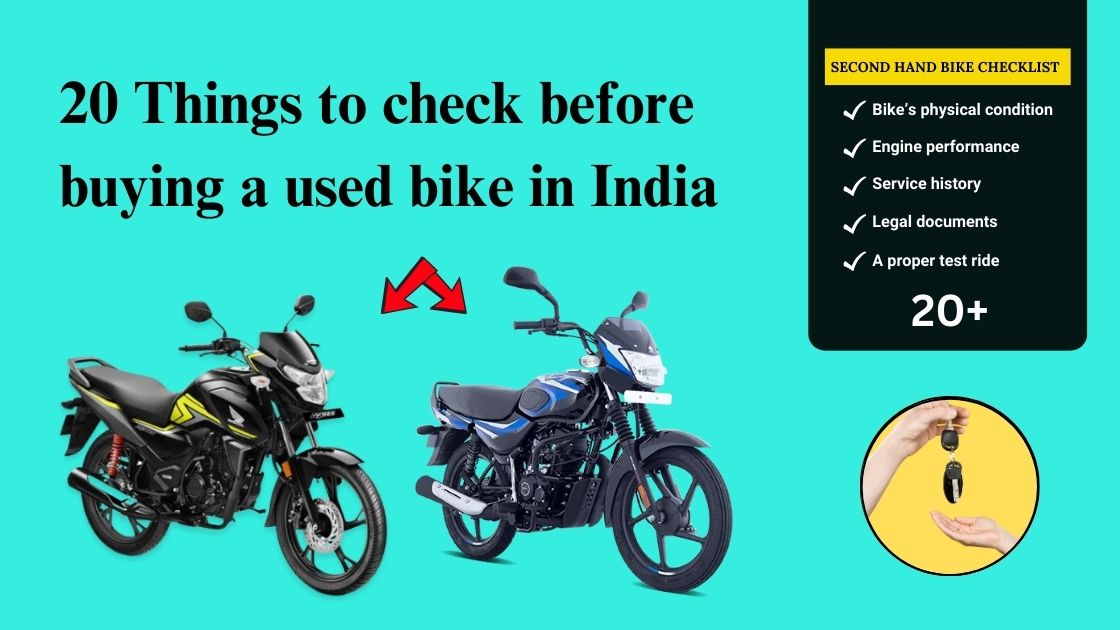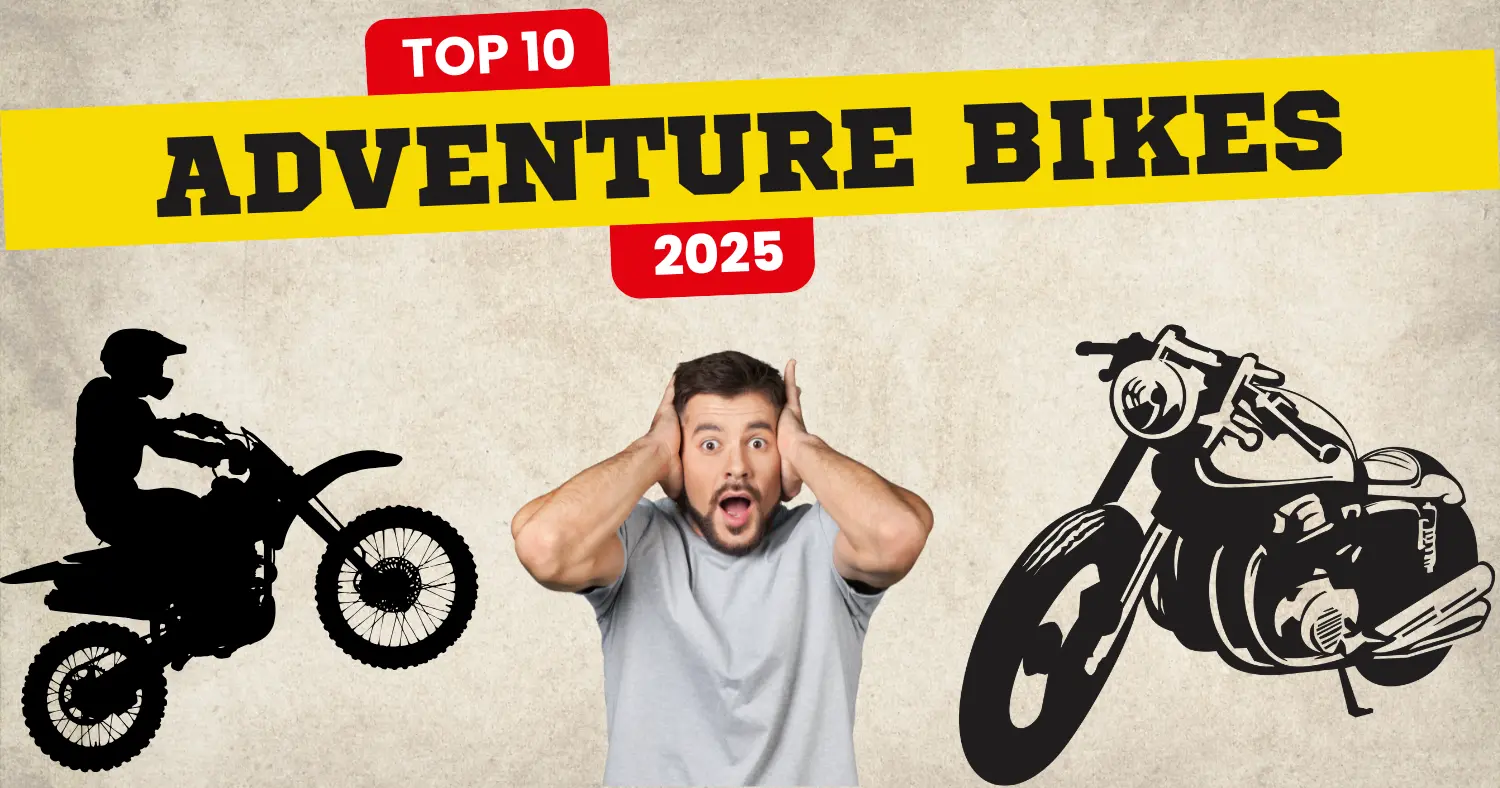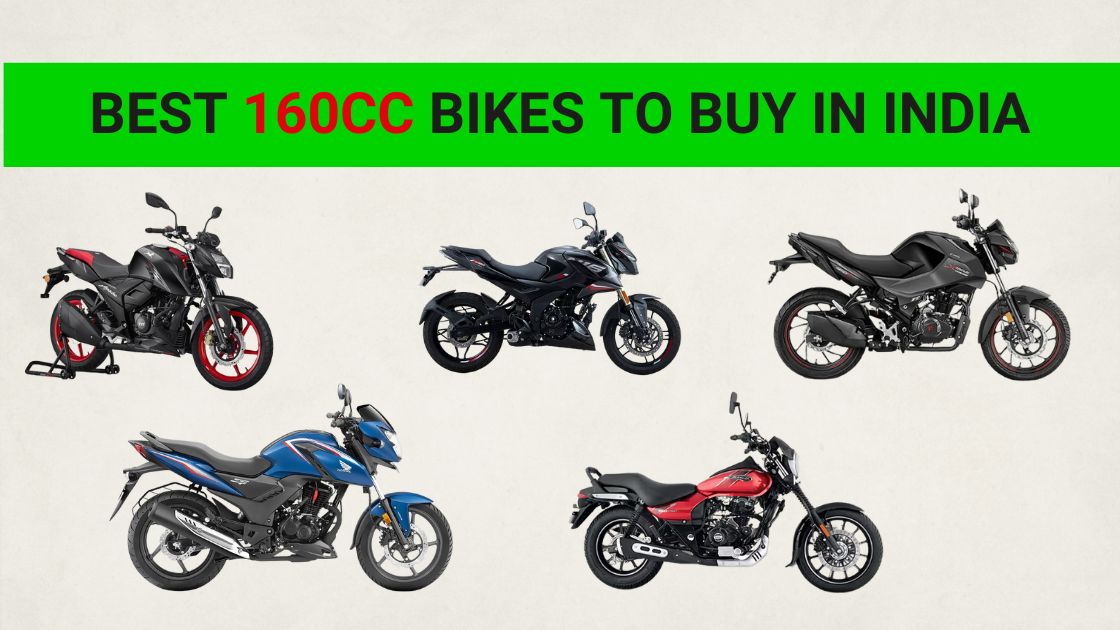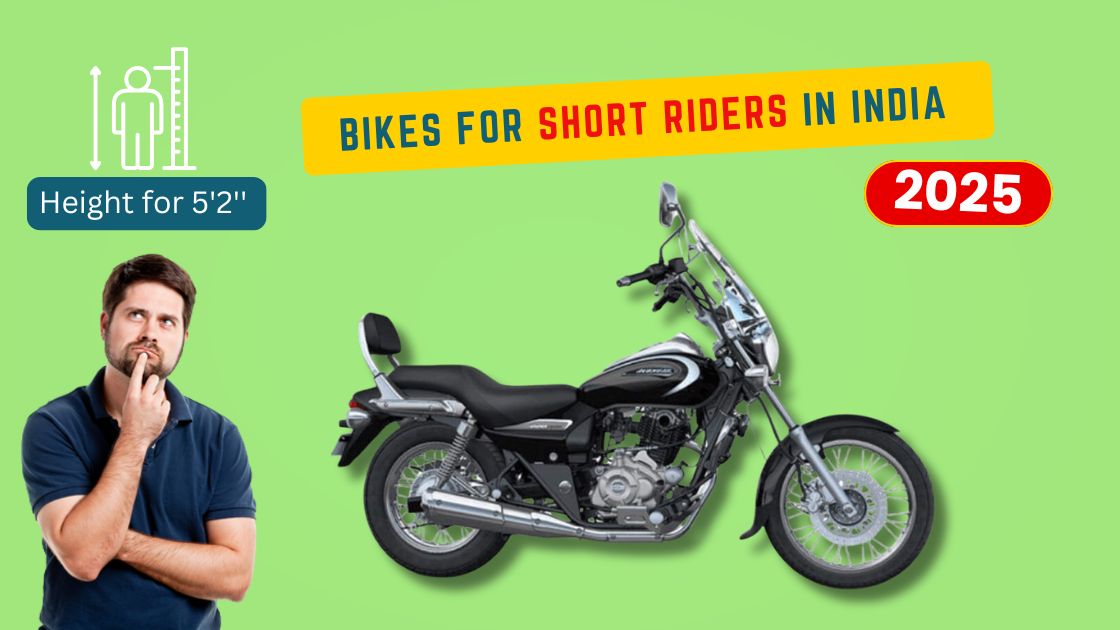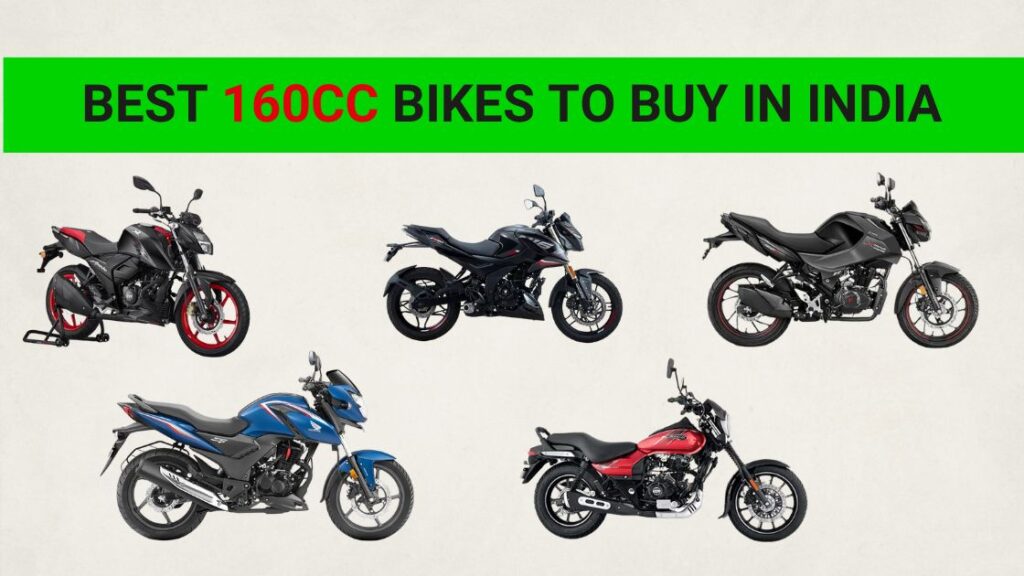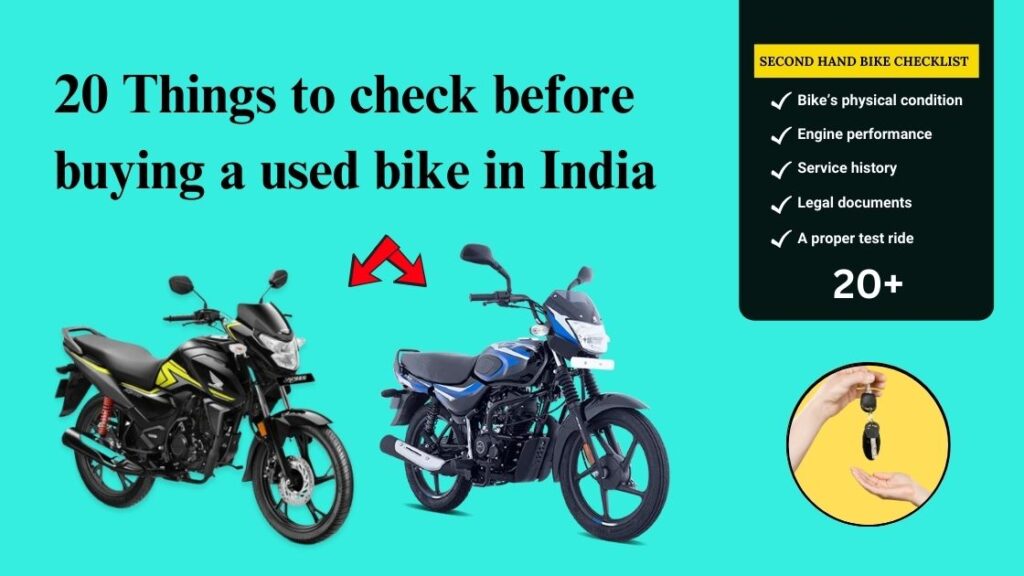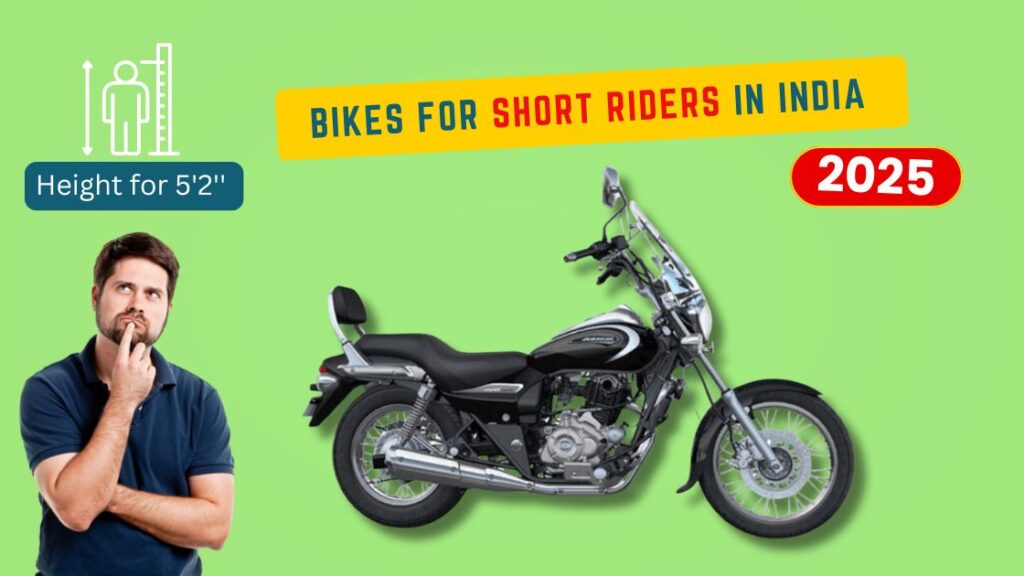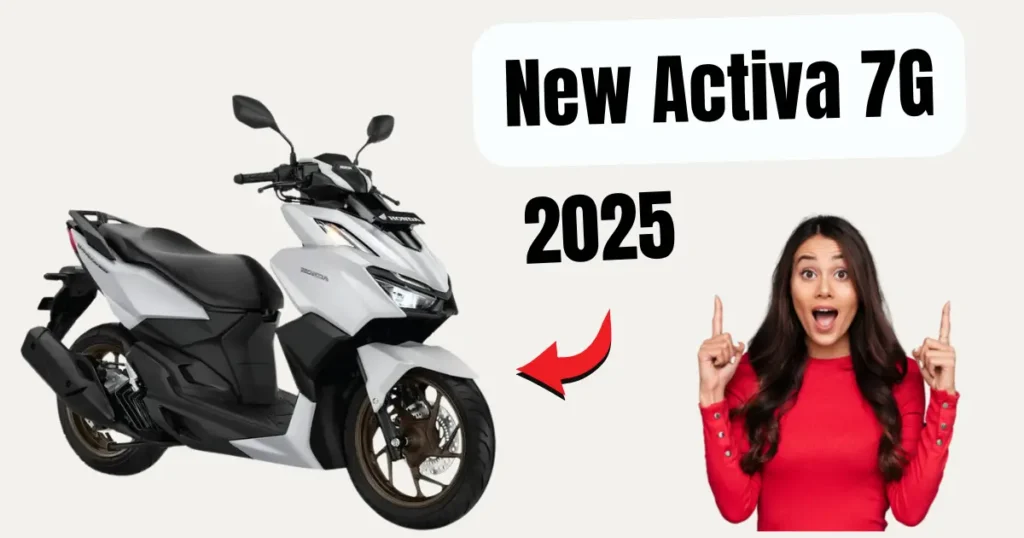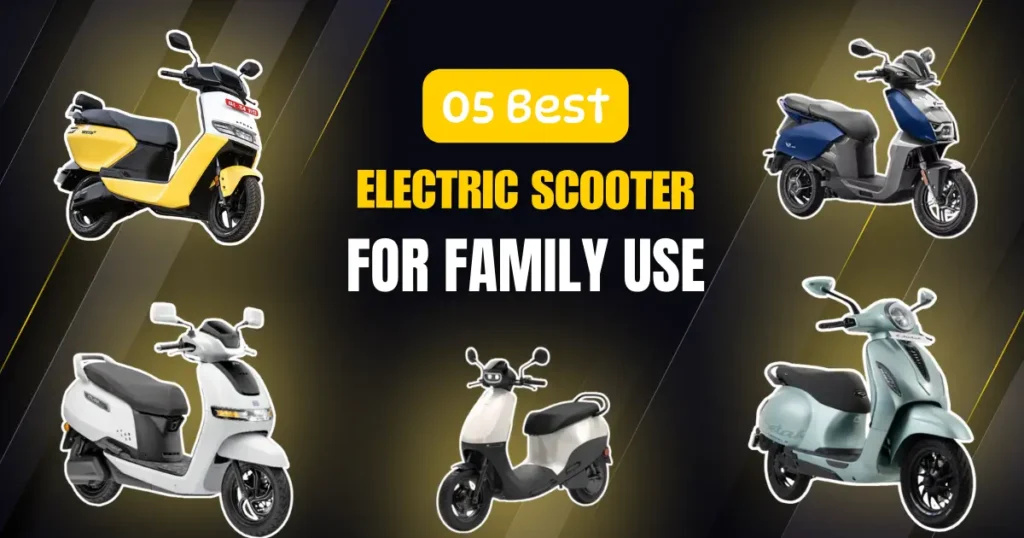Bikes have become a necessity in every household in India. They make our everyday life easier and if you are thinking of buying a bike for yourself, but do not want to spend a lot of money on it or buying a brand new bike is not possible for some reason. Then buying a second hand bike can be a good option. However, it is important to keep some things to check before buying a used bike. And get yourself a bike that is capable of many miles of fun and adventure on the open road.
So this article will definitely help you read on to know what things you need to check before buying the right second-hand bike.
20 Things to check before buying a used bike in India
List of important things to keep in mind before buying a used bike in India (second hand bike buying checklist)
1) Check the Year Model of the Bike
The older the model, the cheaper the price. However, older bikes come with a higher risk of wear and tear. Ensure that the bike is in good condition despite its age. A well-maintained older model can still be a great buy, but you should be aware of the potential need for part replacements.
2) Verify the Kilometers Driven
A bike with less than 30,000 km is generally acceptable. However, some dealers and mechanics may tamper with the odometer to show lower readings. Be cautious and cross-check with the bike’s condition. Check for excessive wear on the tires, brakes, and chain, as these can indicate actual usage.
3) Inspect the Battery Status
Check if the battery is charged or not. A weak battery can cause starting issues and additional expenses. Replacing a bike’s battery can be costly, so ensure it is holding a charge and functioning properly before making a purchase.
👉 Read Also: 200 KM Range Electric Bike in India
4) Test All Lights and Indicators
Ensure the headlight, brake light, and indicators are working properly. Faulty lights can compromise safety and may require immediate replacement. Poorly functioning lights may also indicate underlying electrical issues, so it’s crucial to test them thoroughly.
5) Check the Engine Oil Condition
The engine oil should be clean and at an adequate level. Dirty or low oil levels can indicate poor maintenance. Old or burnt oil can affect engine performance, leading to overheating and long-term damage.
6) Assess the Overall Condition of the Bike
Examine the bike carefully. While a clean and shiny appearance might be appealing, don’t let it fool you into ignoring potential mechanical issues. Look for rust, dents, and paint touch-ups that might indicate previous damage or neglect.
7) Take a Test Ride
Ride the bike and test both the front and rear brakes. Ensure they respond smoothly and effectively. Pay attention to vibrations, steering responsiveness, and whether the bike pulls to one side, as these can be signs of alignment or suspension issues.
8) Test the Self-Start Multiple Times
Check the self-start at least 10 times to ensure reliability. Frequent starting issues could indicate battery or electrical problems. If the self-start fails occasionally, it could be a sign of wiring issues or an aging starter motor.
9) Inspect the Bike Stand
Check if both the side stand and main stand hold the bike properly. A faulty stand can cause stability issues. If the stand is weak or bent, it may not support the bike properly, leading to inconvenience and potential falls.
10) Examine the Petrol Tank
Ask the dealer to provide some petrol and inspect the tank for any leaks or rusting inside. A rusted tank can lead to clogging of fuel lines, which may result in poor engine performance or sudden breakdowns.
11) Check the Gear Shifting
Try changing the gears and ensure they shift smoothly without any resistance or unusual sounds. A rough or delayed gear shift might indicate clutch wear, which can be costly to repair. Smooth gear transitions are essential for a comfortable ride.
12) Test the Horn
A working horn is essential for road safety. Ensure it sounds properly and is not too weak. If the horn sounds muffled or doesn’t work consistently, there could be an issue with the wiring or battery connection.
13) Listen to the Engine Sound
Start the bike and pay attention to the engine noise. It should run smoothly without any unusual knocking or rattling sounds. Strange noises may indicate internal engine wear or loose components, which can be expensive to fix.
Check the chassis number and engine number against the registration documents. The dealer should be responsible for transferring ownership, and there may be additional charges involved. Ensure all documents are original and updated to avoid legal issues later.
14) Examine the Suspension
Press down on the seat and front forks to check if the suspension is functioning properly. A faulty suspension can affect ride comfort and handling. If the bike bounces excessively or feels too stiff, it may need new shock absorbers.
15) Test the Kick Start
Try starting the bike with a few kicks to ensure the kick-start mechanism is functional. If the kick start doesn’t work smoothly, it could mean an issue with the compression or ignition system.
16) Check the Handle Lock
Lock the handle and see if the keys fit properly. A faulty lock can be a security issue. If the handle lock is loose or doesn’t function smoothly, it may have been tampered with or worn out due to extensive use.
17) Accelerate in Neutral
While the bike is in neutral, accelerate and observe if the engine stutters. A smooth response indicates a healthy engine. If the engine hesitates, misfires, or stalls, it could be a sign of fuel or ignition system problems.
18) Check Servicing Records
It would be ideal if the seller has the servicing records of the bike. This way, you will know how much maintenance work has been done and how much more is required. If no records are available, ask the seller for an estimate of the last service date and any recent repairs.
19) Check the VIN Number
The Vehicle Identification Number (VIN) is a unique serial number used to legally identify a vehicle. On most bikes, you will find the VIN imprinted on the steering neck section of the frame, just behind the headlight. Ensure that this number matches the one on the official registration title to avoid any legal troubles.
20) Check the Required Documents
Buying any pre-owned vehicle requires a bit of paperwork. When buying a used motorbike, the current owner must transfer ownership rights to you. Ensure that all necessary documents are in place before completing the purchase. Here is a checklist of the required paperwork:
- Registration Certificate (RC) – Confirms the bike’s registration details.
- Bike Insurance Policy – Ensures the vehicle is legally insured.
- RTO Forms 28, 29, and 30 – Required for ownership transfer.
- Pollution Under Control Certificate (PUC) – Certifies that the bike meets pollution control standards.
- Bike Sales Receipt – Proof of sale from the seller.
- Seller’s Address Proof and Passport Size Photos – Required for documentation and legal formalities.
Bonus Tip: Don’t forget to buy a helmet along with your bike for safety!
Conclusion
Buying a second-hand (used) bike can be a smart and cost-effective choice, but it requires careful evaluation to avoid future regrets. By thoroughly checking the bike’s physical condition, engine performance, legal documents, and service history, you can ensure that you make an informed decision. Always prioritize safety, reliability, and value for money when finalizing your purchase. By following this guide will help you buy the right second-hand bike for your specific needs. If properly maintained, a second-hand bike can serve you well for years and give you peace of mind on the road.
Second Hand Bike Buying Checklist (FAQs)
1. Is it worth buying a second-hand bike?
Yes! A used bike comes at an affordable price and also helps you get a lower premium for insurance, making it a worthwhile purchase.
2. How many kilometers is too much for a second-hand bike?
The ideal mileage for a used bike depends on factors such as the model, maintenance history, and year of purchase. Generally, a well-maintained bike with 30,000 to 40,000 km on the odometer can still be a good purchase. However, always check the bike’s service records and overall condition before buying.
3. What should I know before buying a bike?
Consider factors such as your budget, the condition and maintenance history of the bike, its purpose, and the legal paperwork before making a decision.
4. Which bike is best for a second-hand purchase?
It depends on your needs. For daily commuting, fuel-efficient bikes are best, while adventure or touring bikes are suitable for long-distance travel.
5 How can I check if a second-hand bike is stolen?
You can use Bike Checker, a free service from Bike Register, to verify if a bike is listed as stolen. Simply enter the bike’s frame number or unique Bike Register ID on the Bike Register database and click the search icon to check its status. Additionally, ask the seller for proof of ownership, such as purchase receipts or service records, to ensure legitimacy.
